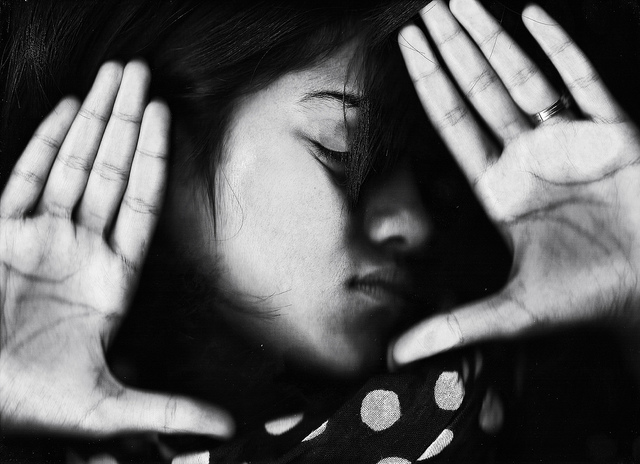Your cart is currently empty!


When I was a daily newspaper reporter, I always had to navigate through multiple versions of a story before I learned what really happened.
We have a saying in journalism. It goes, “There are three sides to every story: side one, side two, and the Truth.”
The Truth usually falls somewhere between the first two sides, and when I reported the Truth, both sides frequently accused me of bias. That’s how I knew I’d done my job.
In today’s age of information overflow, and especially during the COVID-19 pandemic, many people are reading multiple stories and don’t know what to believe. This is causing rampant fear, confusion, and possibly poor decision-making.
When I shared some of the truth-finding strategies I used as a journalist with a dear friend after we discussed the Plandemic movie, she encouraged me to share my tips with the world. “Not many people know this stuff, Shari,” she told me. “Not everyone has a journalism degree, and I think these tips could really help a lot of people in today’s environment.”
So here I am, in hopes that I can help YOU navigate through the waves of information (and misinformation), thus landing on the Truth for yourself. Here are some of the basic building blocks that journalists use when investigating a story and getting down to the bottom of it:
1) Cross-Validation with Multiple Sources
Information should always be validated with a minimum of three independent sources to confirm its validity. As a journalist, you can never go with just one person’s story or perspective, no matter how viable it seems. You need to follow up and interview at least two more sources, check records or documents, and see if everything else backs up the story from your first source.
2) Attribution from Reputable, Primary Sources
Today, the moment I read an article, column, or blog post–or watch a video–where information is stated without citing a reputable and primary source, my radar goes off. THIS MIGHT BE FAKE!
In order to avoid slander and libel lawsuits, reporters must cite their sources. Otherwise, anyone can make any claim and it would be considered truth. Additionally, the sources must be:
- Reputable. This means you cannot cite a psychic when making claims about a medical condition or the state of the economy. Instead, you would cite a doctor or an economist.
- Primary. This means you cannot cite another article as your source, or a friend of the cousin who experienced the wrongdoing; the information needs to come directly from the person or entity.
3) Libel — The Accused are Given a Chance to Comment
How often have you read an article from Reuters or the Associated Press where it says, “_____ could not be reached for comment”? Reporters do this to avoid a libel lawsuit. They give the person or entity being accused of wrongdoing the opportunity to comment publicly before running the story. This is a common practice to remain within the bounds of law and avoid defamation, and any reputable news organization will follow it.
4) An Ulterior Motive or Agenda
People will try and use the media to push an agenda. Gee, ya don’t say?! But by this, I mean sometimes, a person has a beef with another person or entity, and his/her motivation for contacting the media is to “get back” at someone or something else (this is different than a legitimate whistleblower). Other times, a public relations representative is trying to sway public opinion in favor of his/her company, or a public policy that would benefit the company (lobbyists, anyone?).
As a reporter, I always had to be wary of someone’s motivation for contacting me with a potential story. This is also why cross-validation with multiple sources is so important in a balanced and well-researched news article.
The Bottom Line
I hope these basic journalism tips help you determine what’s correct and incorrect from all the information floating around the Internet and social media these days.
Remember: the intentional spread of misinformation can be just as dangerous as censorship.
(Shameless plug here: that’s a theme in my book!)
Don’t let yourself become a victim of misinformation. Keep your head on straight. I always tell people that facts drive journalism, while emotions drive propaganda.
If you found this helpful, I urge you to please share it with your friends and family!

*Shari Lopatin is a former award-winning journalist, mass communications professional, and author of “The Apollo Illusion,” a science fiction dystopia about a future society’s frightening overdependence on technology.
Leave a Reply